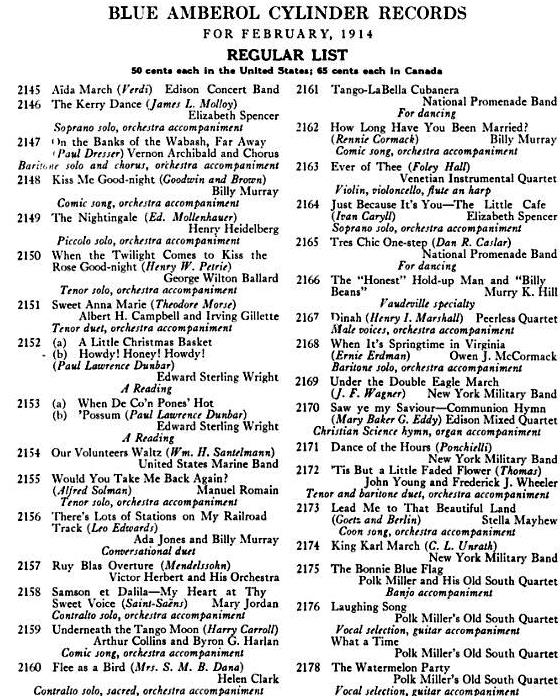I got the idea from a picture I'd seen of a birdhouse made out of two old wooden flute pipes. (Whether or not making a birdhouse from an organ pipe qualifies as a travesty is a topic for later discussion...) Well, it's surprising what people have dreamed up. An organ pipe shelf. An organ pipe knife holder. An organ pipe ribbon rack. Organ pipe benches. And my favorite, the aforementioned organ pipe birdhouse.
 But it was the Kagen Sounds pipe organ desk that really grabbed my attention, for, not only is it beautifully crafted desk with organ pipes about; it's also a sort of puzzle! Master wood worker and designer Kagen Sound of Denver, Colorado, has created this pipe organ desk with the most beautiful woods, unparalleled craftsmanship, and intrigue.
But it was the Kagen Sounds pipe organ desk that really grabbed my attention, for, not only is it beautifully crafted desk with organ pipes about; it's also a sort of puzzle! Master wood worker and designer Kagen Sound of Denver, Colorado, has created this pipe organ desk with the most beautiful woods, unparalleled craftsmanship, and intrigue.Kagen's specialty is secret boxes, and is a recognized member of the world's only guild of secret box makers.
Pipe organs, as we all know, are the epitome of a "secret box" with all of their pipework, windways, windchests, mechanical actions, wiring, and bellows, reservoirs, and blowers. So what a perfect combination, to build an organ that makes noise as one opens and closes the desk drawers.
 Do you remember an episode of Scooby Doo where the team finds a note on an organ that says "FEED the organ and watch the floor?" Its always stuck with me, that Velma (who else?) figured out that FEED meant to play the notes F, E, E, D on the organ. Sure enough a trap door opened in the floor and Shaggy, Scooby, et. al were able to escape.
Do you remember an episode of Scooby Doo where the team finds a note on an organ that says "FEED the organ and watch the floor?" Its always stuck with me, that Velma (who else?) figured out that FEED meant to play the notes F, E, E, D on the organ. Sure enough a trap door opened in the floor and Shaggy, Scooby, et. al were able to escape. In much the same way (with apologies to Kagen Sound), the pipe organ desk--when *FED* the appropriate combination of drawers opening and closing--opens up to reveal secret compartments. One can even play tunes and solve more puzzles contained within the larger drawers!
The amazing craftsmanship of the Pipe Organ Desk can be seen in the pictures on the site. I've chosen a few that I found the most fascinating.
"Adjusting these pegs on the back of the memory board changes
the tune it reads. The dark pegs represent the notes of the song." (Picture and Text from Kagen Sound Website)
Wooden air connectors inside the desk. (Picture and Text from Kagen Sound Website)
The pneumatic memory board and organ pipe octave. Each pipe can be adjusted to play any note
within an octave. All organ pipes can be tuned to perfect pitch. (Picture and Text from Kagen Sound Website)
Check out Kagen Sound on the web and see his many beautiful creations, including the Koa Pipe Organ Box.
I'd love to see this in person someday and experience working the puzzles and combinations to make music on the Kagen Sound Pipe Organ Desk! I told my wife that someday I want something like this at home. I suppose that's a.. uh hm, err.. pipe dream.
©2015 Brian Ebie














